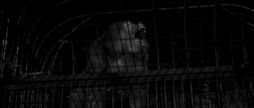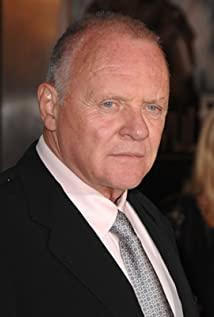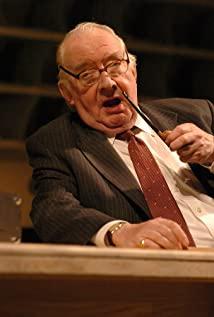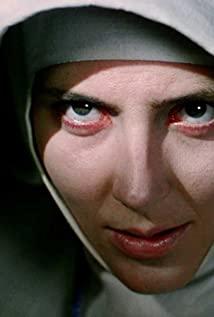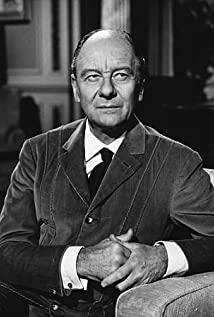Lynch's films have seen Blue Velvet (1986) and Mulholland Dr.n (2001), preferring the latter. I have watched two Lynch-related films in the past few months, one was Blue Velvet Revisited (2016), which I saw at the BFI London Film Festival last year, and the other was about the end of the year, David Lynch: The Art Life ( 2016). Both are documentaries that focus on telling stories related to Lynch, preferring the latter. After the screening of the two films, there was a Q&A with the director. Compare the two films and see different sides of Lynch. With the addition of the two documentaries, I saw Lynch as an old boy who is casual and sensitive and likes to dream. Looking at his work again, it's a little surprising how much control he has over the narrative. The few films I've seen have been in different eras, and Lynch's skills and focus have both continued and changed. As one of his early works, Elephant Man is well-organized in all aspects, and most of the lens language is simple and direct. The audience will not find it difficult to understand the story line like Mulholland Dr.
The story takes place in Victorian London, and the film also successfully depicts the social life at that time. Circuses, hospitals, stations, bars, piers, theaters, these places are places where stories can be generated in the social context of the time. The images of these locations are solid, and the black-and-white effect of the film creates an effect of watching a Victorian documentary. As a Victorian Englishman, the Elephant Man traveled everywhere: from circus to hospital to theatre, he went from monster to social star; any pub, but he also experienced the noise and chaos that is common in pubs for a moment in his own living room; he was also invited to visit other people's houses and watch the owner's family photo album - these are the life of middle-class Victorian society. important aspects. Before entering the hospital, his circus life was an inhuman life, because he was not treated as a human being, and was enslaved and imprisoned in the dark by his alcoholic master. Only during circus performances, he was shown to the public as a monster. , and still obey the command of the master. After entering the hospital, his life changed, but the change was superficial, because he was still treated as a special person, reclusive, and used by different people intentionally or unintentionally. He listened to the opinions of his doctor friends. Although his experience is limited in different environments, he likes the feeling of being respected and wants to be treated gently by people. The experience of the Elephant Man shows two aspects of Victorian culture. The relationship between beauty and ugliness, the relationship between individuals and society, the relationship between civilization and barbarism, the relationship between watching and being watched, and the relationship between humans and animals can all be analyzed in detail through the film.
There are many figures other than elephants, but they are also relatively flat. Although the doctor had self-doubt and emotional excitement in the middle, he was still set as a gentle and compassionate rescuer on the whole. Other characters haven't changed much either. The plot of the single-line development is a little weak, and the visual effects are not very good, but a few close-ups and montages still create highlights, mainly at the beginning and near the end of the film. In terms of sound effects, the shadow of some of his later works can already be seen. Many cultural phenomena reflected in the film are very interesting, but mostly because of the richness of the Victorian period and the original book itself. As far as movies go, Lynch's story is nowhere near as good as his later works.
View more about The Elephant Man reviews






